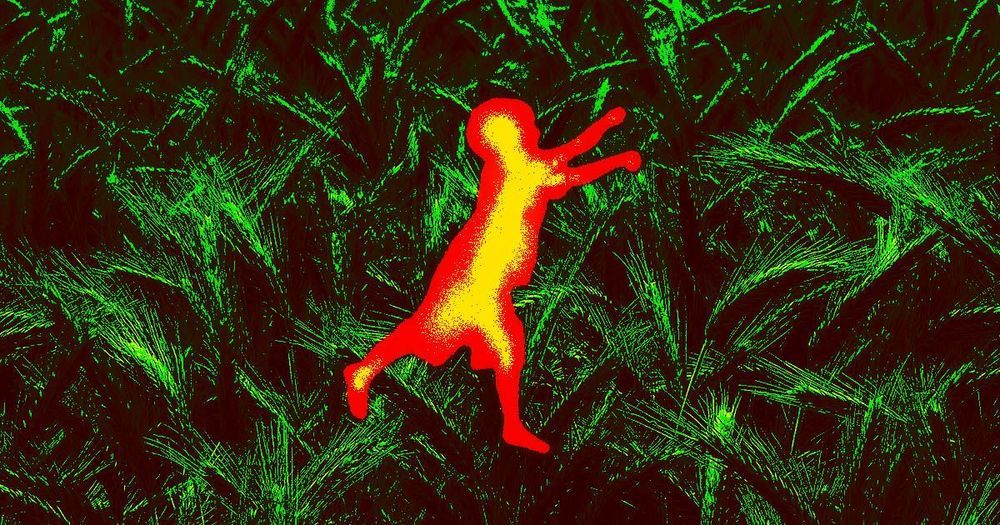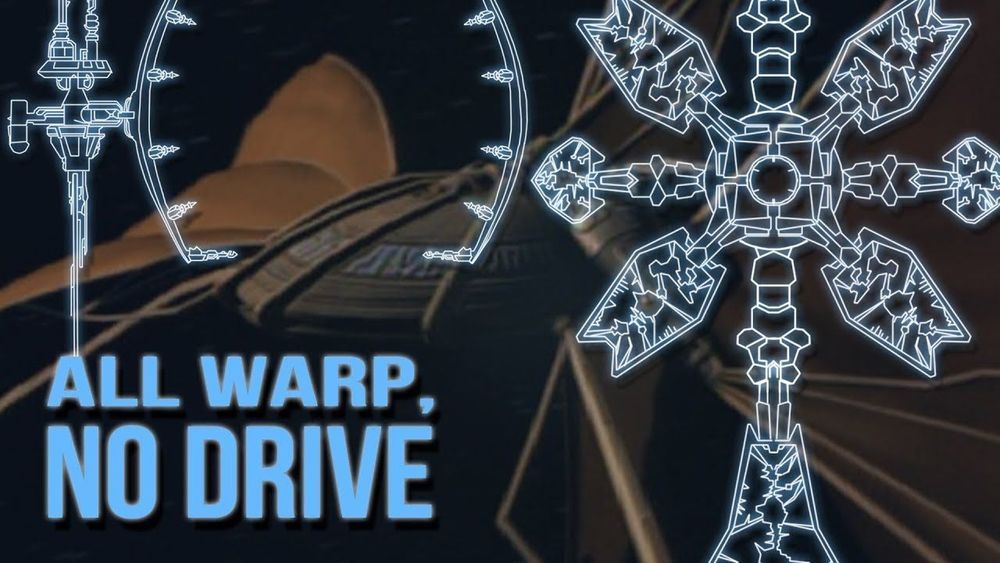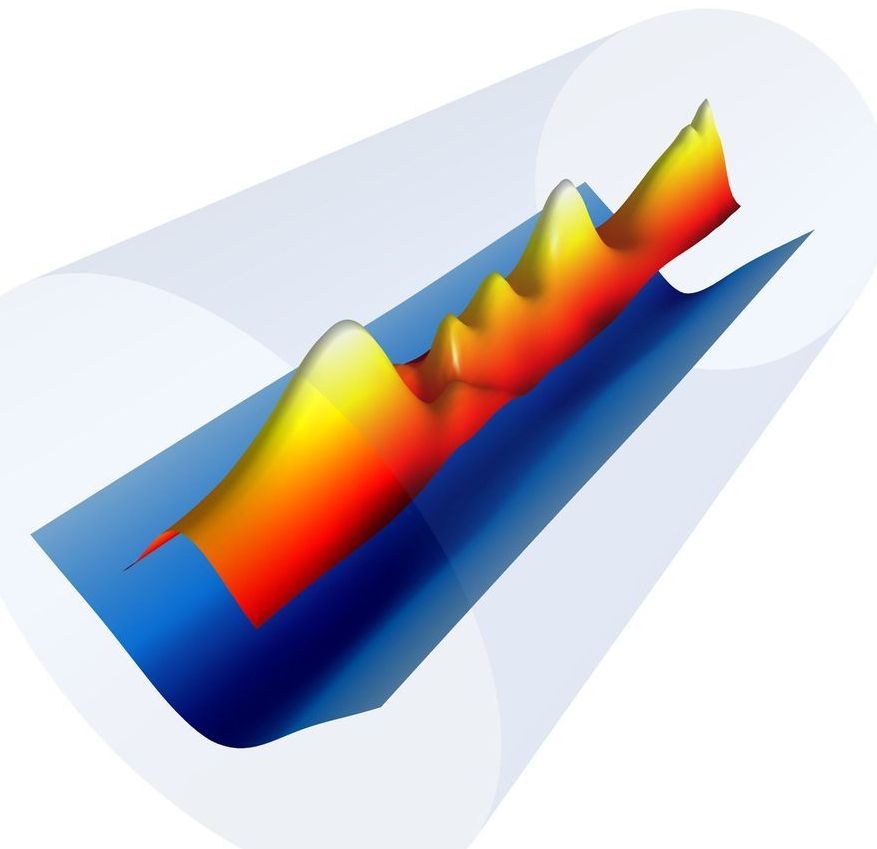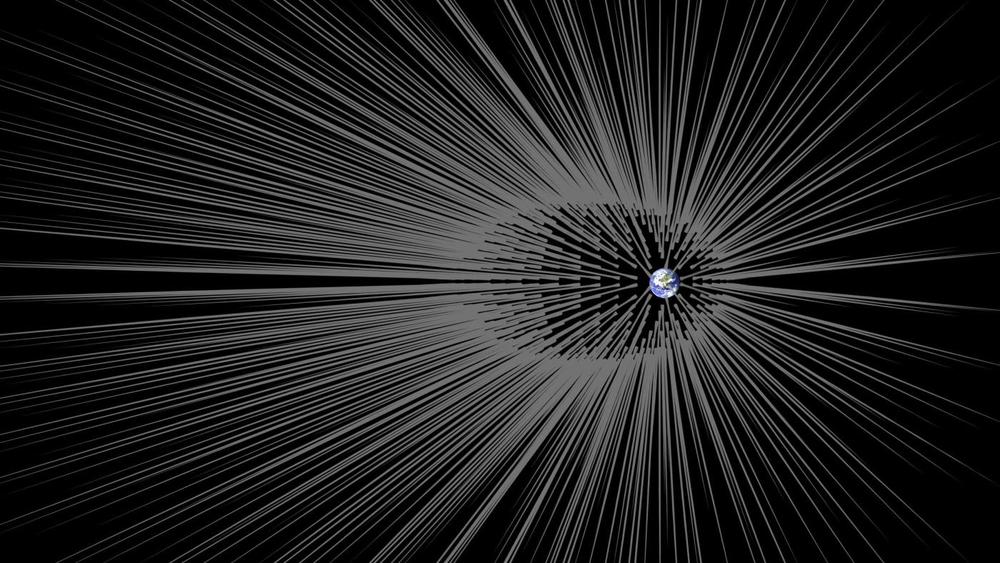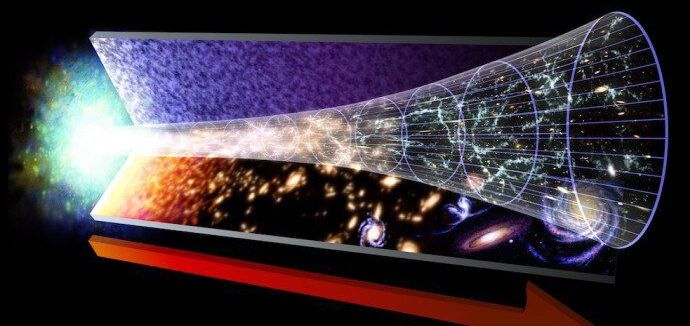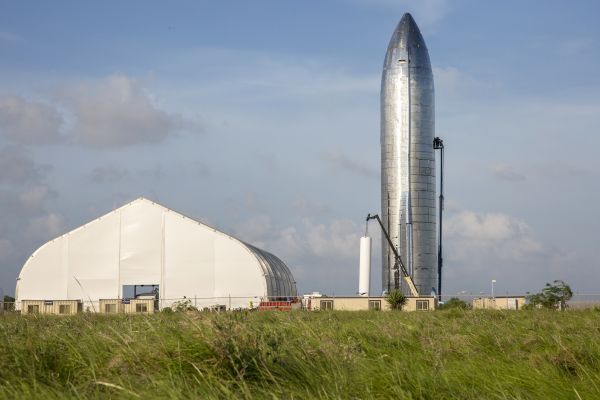A smartphone case made from artificial human-like skin responds to being pinched, tickled and stroked to add an extra layer of interactivity to the device.
Search and Rescue
This isn’t the first time a drone has proven invaluable in a search-and-rescue operation — we’ve seen others help save stranded swimmers, earthquake victims, and lost hikers.
While many of the drones used for those missions were designed for rescue purposes, in this instance, the drone’s owner, Steve Fines, typically used it to shoot photography — but when he heard Ethan was lost, he knew he had to do what he could to help find the boy.
NASA is keeping a watchful eye on the mid-November close approach of a behemoth space rock that is almost half the size of Ben Nevis and hurtling towards earth at 18,000 miles per hour.
Most species in Star Trek utilise Warp as their faster than light travel, but not all.
Some have created impressive alternatives to warp drive, such as catapults arrays and even sail ships.
This video looks at the practicality for Starfleet to adopt any of these methods of travel, their potential pros and cons.
If you liked this, maybe:
Transwarp: https://youtu.be/5N45D5TE9Oc
Borg Transwarp: https://youtu.be/FXJPzOEnnEE
Coaxial Warp: https://youtu.be/tU9VDK6Nrqk
Music from bensound.com, purple-planet.com and freesfx.co.uk
Star Trek Online developed by Cryptic Studios and Perfect World.
Star Trek, Star Trek Enterprise/Voyager/Deep Space Nine/Discovery/Picard and The Next Generation are all owned and distributed by CBS.
Star Trek Films are owned and distributed by Paramount Pictures.
This Video is for critical purposes with commentary.
To understand the fundamental nature of our universe, scientists would like to build particle colliders that accelerate electrons and their antimatter counterparts (positrons) to extreme energies (up to tera electron volts, or TeV). With conventional technology, however, this requires a machine that is enormously big and expensive (think 20 miles (32 km) long). To shrink the size and cost of these machines, the acceleration of the particles—how much energy they gain in a given distance—must be increased.
This is where plasma physics could have a dramatic impact: a wave of charged particles—a plasma wave—can provide this acceleration through its electric field. In a laser plasma accelerator, intense laser pulses are used to create a plasma wave with electric fields that can be thousands of times stronger than those attainable in conventional accelerators.
Recently, the team at Berkeley Lab’s BELLA Center doubled the previous world record for energy produced by laser plasma accelerators, generating electron beams with energies up to 7.8 billion electron volts (GeV) in an 8-inch-long plasma (20 cm). This would require about 300 feet (91 m)using conventional technology.
Art by AI update: not GAN but CAN (Creative Adversarial Networks)
Scientist Ahmed Elgammal went from doing artificial intelligence research to attending his first art exhibit in Chelsea. How? With the help of his creative partner AICAN, an nearly autonomous AI artist. Together they made stunning art that is molding the field of AI art and the art scene in general. We stopped by the Chelsea gallery to talk to Elgammal about how AICAN works, and of course, see the art.
► Subscribe for more tech & culture videos: http://on.mash.to/subscribe ◄
STEPHEN HAWKING’s “most unexpected discovery” was revealed by the legendary scientist himself during a rare glimpse into the mind of a genius.
The biggest problem caused by panpsychism is known as the “combination problem”: Precisely how do small particles of consciousness collectively form more complex consciousness? Consciousness may exist in all particles, but that doesn’t answer the question of how these tiny fragments of physical consciousness come together to create the more complex experience of human consciousness.
Any theory that attempts to answer that question, would effectively determine which complex systems—from inanimate objects to plants to ants—count as conscious.
An alternative panpsychist perspective holds that, rather than individual particles holding consciousness and coming together, the universe as a whole is conscious. This, says Goff, isn’t the same as believing the universe is a unified divine being; it’s more like seeing it as a “cosmic mess.” Nevertheless, it does reflect a perspective that the world is a top-down creation, where every individual thing is derived from the universe, rather than a bottom-up version where objects are built from the smallest particles. Goff believes quantum entanglement—the finding that certain particles behave as a single unified system even when they’re separated by such immense distances there can’t be a causal signal between them—suggests the universe functions as a fundamental whole rather than a collection of discrete parts.
The universe bathes in a sea of light, from the blue-white flickering of young stars to the deep red glow of hydrogen clouds. Beyond the colors seen by human eyes, there are flashes of X-rays and gamma rays, powerful bursts of radio, and the faint, ever-present glow of the cosmic microwave background. The cosmos is filled with colors seen and unseen, ancient and new. But of all these, there was one color that appeared before all the others, the first color of the universe.
The universe began 13.8 billion years ago with the Big Bang. In its earliest moment, it was more dense and hot than it would ever be again. The Big Bang is often visualized as a brilliant flash of light appearing out of a sea of darkness, but that isn’t an accurate picture. The Big Bang didn’t explode into empty space. The Big Bang was an expanding space filled with energy.
At first, temperatures were so high that light didn’t exist. The cosmos had to cool for a fraction of a second before photons could appear. After about 10 seconds, the universe entered the photon epoch. Protons and neutrons had cooled into the nuclei of hydrogen and helium, and space was filled with a plasma of nuclei, electrons and photons. At that time, the temperature of the universe was about 1 billion degrees Kelvin.
Drone footage from John Winkopp shows Elon Musk’s SpaceX building another Starship rocket in Cocoa, Florida.

